So, you've just installed a new clutch and it's already slipping? That's a bummer. But don't stress just yet. It turns out, clutches can slip even when they're brand new. Now, you might wonder why that happens.
One common reason is installation errors. Sometimes, even seasoned mechanics can make a mistake during the installation that leads to slipping. Whether it's misaligning parts or not adjusting the linkage properly, these little things can make a big difference.
Another culprit could be using the incorrect parts. Believe it or not, not all clutches are created equal. Grabbing the wrong type or a subpar quality part for your specific car can quickly lead to trouble.
It's crucial to recognize the signs of a slipping clutch early. Your engine might rev higher without any speed gain, or you might notice difficulty engaging gears smoothly. If you're seeing these issues, it's worth investigating further.
- Why New Clutches Slip
- Installation Errors
- Incorrect Parts Usage
- Signs of a Slipping Clutch
- Testing Your Installation
- Preventing Future Problems
Why New Clutches Slip
Getting a new clutch should feel like a fresh start. But when it begins to slip almost immediately, it can be pretty frustrating. Let's break down why this might happen.
Installation Problems
One of the biggest reasons a new clutch slips is due to installation issues. You see, if the components, such as the pressure plate or release bearing, are not aligned perfectly, slipping can occur quite easily. It's not just about screwing parts together; they need to fit precisely.
Poor Quality Parts
Clutch kits come in various qualities and brands, and not all of them hold up well under pressure. Cheap or mismatched parts for your vehicle's make and model can create problems. Invest in quality and ensure compatibility to avoid the hassle later on.
Contaminated Surfaces
Sometimes, foreign substances make their way between the clutch surfaces during the installation process. Oils, grease, or even dirt can cause issues. These materials prevent the clutch from gripping fully, leading to that annoying slip.
Initial Break-in
Believe it or not, clutches need a short break-in period to reach their full potential. Jumping right into aggressive driving can lead to premature slipping. So, taking it easy in the first few hundred miles isn't just for show; it can really make a difference.
| Common Causes | Impact |
|---|---|
| Misalignment during Installation | Immediate slipping |
| Low Quality Components | Reduced lifespan |
| Foreign Contaminants | Loss of grip |
Understanding these reasons can save you loads of time and stress. Whether it's about ensuring proper installation, choosing the right parts, or avoiding contamination, keeping these in mind can help prevent clutch slip nightmares with your brand new setup.
Installation Errors
Let's face it, even the best mechanics can goof up sometimes. A common issue with new clutch kits slipping is human error during installation. It's pretty easy to miss a step or not follow instructions completely, but those minor details can really mess with your car.
Alignment Woes
One frequent problem is alignment. The clutch disc and pressure plate need to sit right, or you're in for a world of trouble. Misalignment might not be obvious at first but can cause slipping down the line. As one seasoned expert on auto's finest said,
"Precision is key. A clutch isn't just about fitting parts; it's about them fitting right." - John D, Auto Mechanic at GearHeads Garage
Adjustments Matter
Another hiccup comes with adjustments. Incorrect release bearing or free play adjustment can lead to premature clutch wear. If you've got too much free play, the clutch won't engage fully, leading to that notorious slip. Not enough, and you're wearing out parts faster than you can say 'gear shift.'
Common Installation Mistakes
- Skipping the alignment tool
- Incorrect torque on bolts
- Forgetting to resurface the flywheel
- Neglecting guide pins
Check Those Parts
Sometimes it's not just the mechanic. Double-check that all parts used are correct for your vehicle model. Believe it or not, even the seasoned pros occasionally mix up parts from different kits.
Your best bet is always a thorough review. After installation, make sure to test out all gears for smooth transition. Give it a listen too; odd noises can be your first clue something ain't right. Taking the extra time here can save a ton of hassle (and cash) later.
Incorrect Parts Usage
Sometimes, all you want is to get the job done quickly, especially when replacing a clutch. Yet, rushing and using incorrect parts can spell disaster. Not all clutches are made equal, and using the wrong one can lead to slipping even if it's brand new. You can think of it as trying to fit a key into the wrong lock—it's just not going to work properly.
Firstly, there's the matter of compatibility. A clutch kit designed for a different vehicle model or engine type won't mesh with your car's system. Each clutch is built with specific pressures and sizes in mind, and deviation from those can cause slippage or even damage to further components.
It's also important to consider the quality. Opting for a cheaper, off-brand clutch might seem smart on your wallet but remember, you get what you pay for. Lower quality materials often wear out faster or don't hold up well under pressure, leading to early failure.
How to Avoid Using Incorrect Parts
- Research your car model and engine type before purchasing a clutch kit. Ensure that the kit you buy matches your car's make and model precisely.
- Choose quality over cost. It might be tempting to go for the budget option, but investing in a reputable brand can save money on potential repairs later.
- Consult with an expert if you're unsure about the correct parts. A professional can guide you to the right choice, ensuring that you avoid common pitfalls.
Making sure you use the right clutch isn't just about compatibility—it’s about ensuring longevity and performance too. Don't let a small oversight lead to a bigger headache on the road.
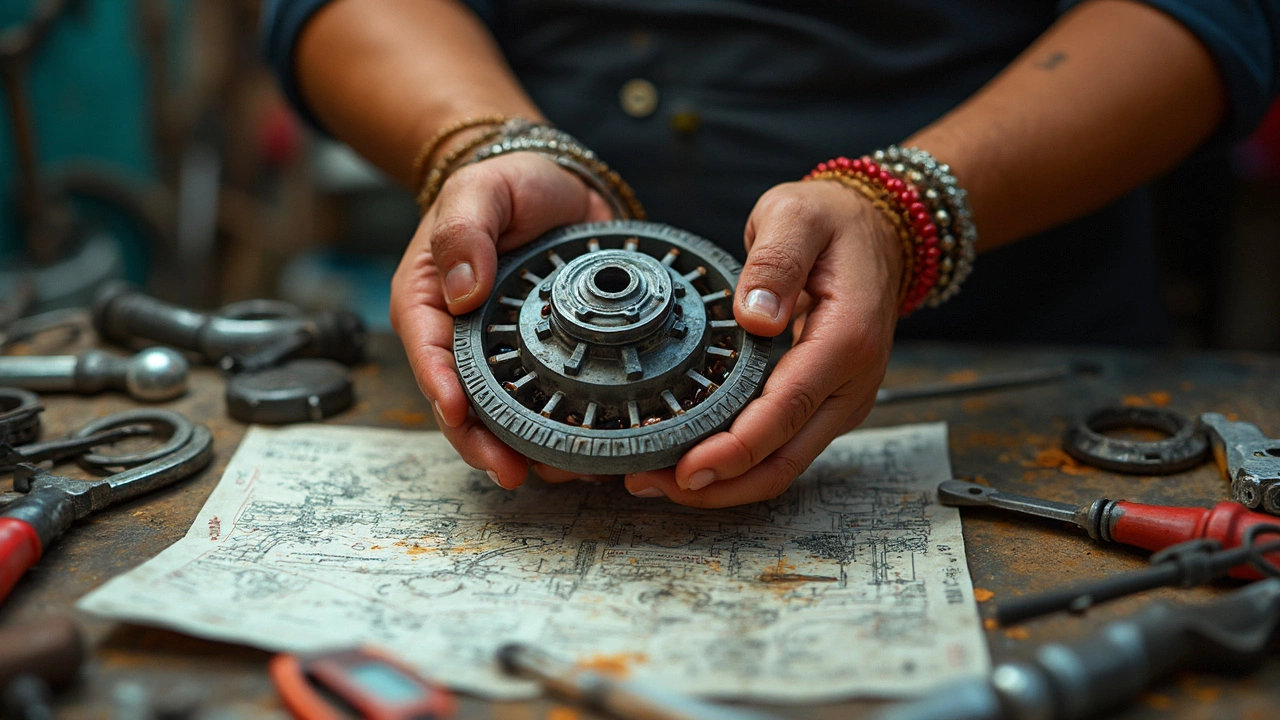
Signs of a Slipping Clutch
Recognizing the signs of a slipping clutch early can save you a lot of trouble. Let's dive into what you need to watch out for:
1. High Revs, Low Speed
Have you noticed your engine revving higher than usual, but your car isn't accelerating as it should? That's a classic sign. Something's up with your clutch, and it's not getting the power to your wheels properly.
2. Burnt Smell
Ever caught a whiff of something burning when you haven't been doing anything out of the ordinary? That could be your clutch. When it's slipping, friction creates heat, leading to that unpleasant odor.
3. Difficulty Shifting Gears
If you're struggling to smoothly shift gears, there's a chance your clutch isn't fully engaging. This inconvenience can make driving a real pain, especially in stop-and-go traffic.
4. Laggy Power Transfer
Pressing the gas pedal isn't getting the immediate response it should? That's another indicator that your clutch might be on the fritz. Your engine and wheels aren't in sync like they should be.
5. Visual Inspection
Got some tools and a bit of know-how? Pop the hood and check it out. If the clutch engagement point is too high on the pedal stroke, that might be a sign of slippage.
Fine-tuning Your Senses
To put it in perspective, here’s a quick breakdown:
| Symptom | What to Check |
|---|---|
| High Revs | Engine speed vs. acceleration |
| Burnt Smell | Clutch area odor |
| Shift Struggles | Gear changes |
| Laggy Response | Gas pedal reaction time |
It's all about paying attention to how your car feels when driving. Addressing these signs early can prevent bigger hassles down the road.
Testing Your Installation
After wrestling through the clutch install, how do you ensure everything's right and your new clutch won't slip? It starts with effectively testing what you've just done.
Perform a Road Test
The first step in ensuring your installation went smoothly is a basic road test. Drive your car in a safe area, start with ordinary acceleration, then gradually increase throttle. Keep an ear out for any odd noises like grinding or squealing, and feel for vibrations or harshness in gear shifts. If you feel the engine revving without much speed gain, your clutch could indeed be slipping.
Engage Your Senses
Pay attention to the smell as well. A burnt odor could be an indicator of a slipping clutch. This can happen when the clutch doesn't fully engage, leading to excessive friction. So, trust your nose and not just your eyes or ears.
Diagnostic Tools and Methods
If you have access to a garage or automotive shop with diagnostic tools, that's ideal. A handheld scan tool that logs live data from your car's engine can reveal discrepancies in engine performance and clutch function. Analyzing data such as engine RPM against wheel speed can point towards issues in clutch engagement.
Physical Inspection
Get under the hood and inspect the linkage and hydraulic lines. Look for any signs of leaks which could suggest a problem with hydraulic components involved in the clutch system. A solid visual check can save you hours of detective work later.
Comprehensive Results
After running these tests, compare your notes. If everything checks out and your clutch isn't slipping under normal conditions, congrats, you nailed it! However, if something feels off, it might be time to double-check the installation or consult a professional.
Preventing Future Problems
Alright, preventing future problems with your clutch isn't rocket science, but it does need some attention to detail. Let’s dive into how to make sure your new clutch isn't slipping anytime soon.
Choose the Right Parts
First things first, always pick the right parts for your car. Every vehicle has specific requirements, and using a generic clutch kit can lead to issues. Consult with your mechanic or refer to your car's manual to avoid picking the wrong parts. Using high-quality parts also goes a long way in ensuring the longevity of your clutch.
Double-Check Installation
Even if you're a DIY enthusiast, when it comes to clutch installations, don’t shy away from consulting a pro. A qualified mechanic will get things right the first time. However, if you want to do it yourself, ensure you follow the installation manual to the letter. Every bolt and nut needs to be where it's meant to be.
Regular Maintenance
Like most car parts, the clutch requires regular check-ups. Pay attention to signs like a shuddering sensation or a burning smell, which often hint at clutch issues. Catching problems early can save you from costly repairs later.
Avoid Common Driving Mistakes
- Don't ride the clutch. Keep your foot off the pedal when you're not shifting.
- Avoid aggressive downshifting as it can put an unnecessary strain on your new clutch.
- Steer clear of leaving your car in gear at stops. Engage the neutral gear if you're waiting for more than a few seconds.
Monitor Performance
Last but not least, keep an eye on your car's overall performance. Changes in fuel efficiency or engine performance can signal a clutch-related problem. Addressing these issues promptly can prevent them from spiraling into bigger headaches.
Taking these steps seriously can ensure your new clutch stays in top shape for as long as possible. A little foresight and care can go a long way in maintaining a smooth driving experience.
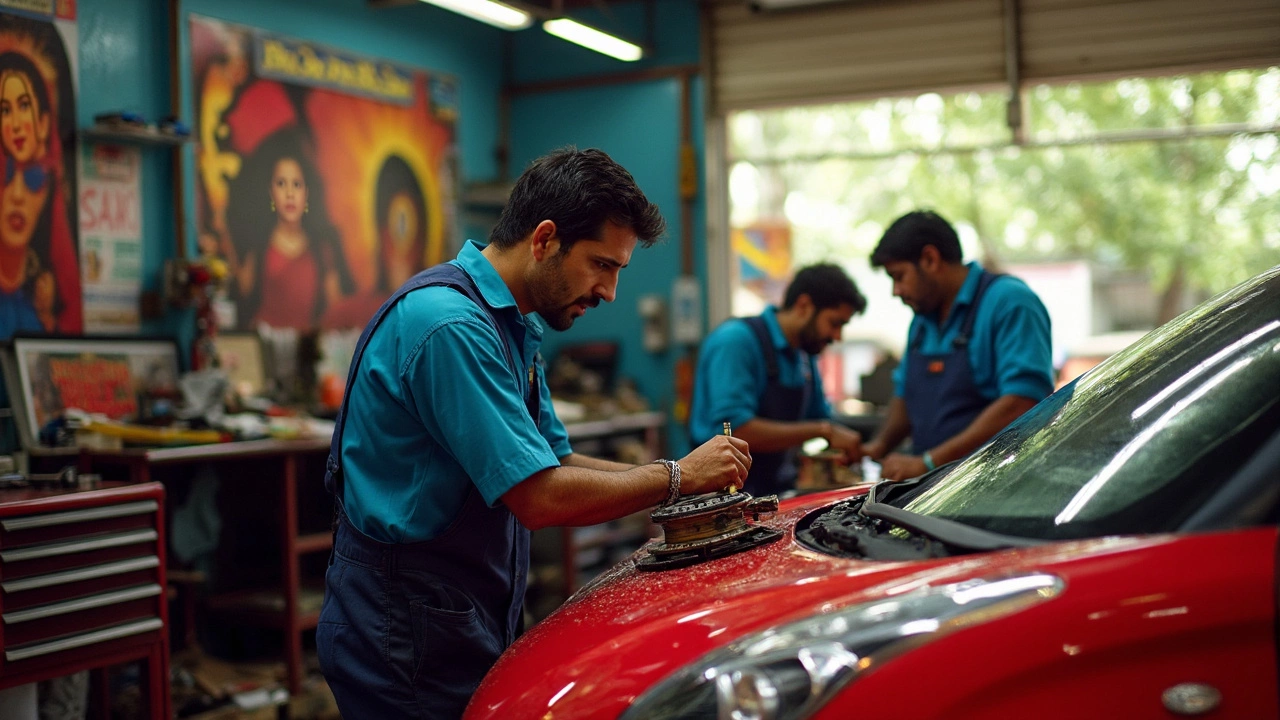
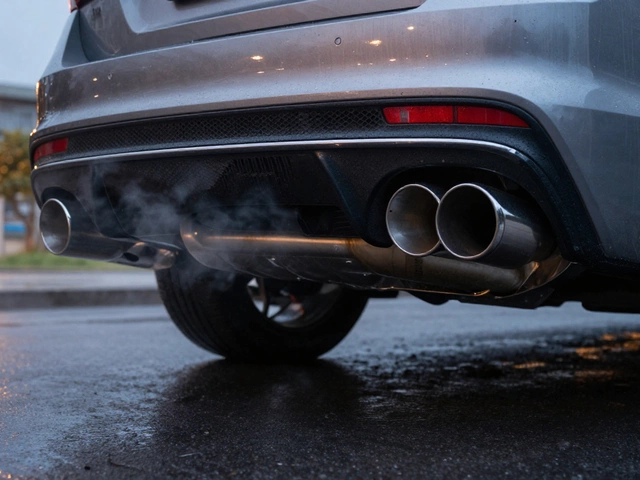
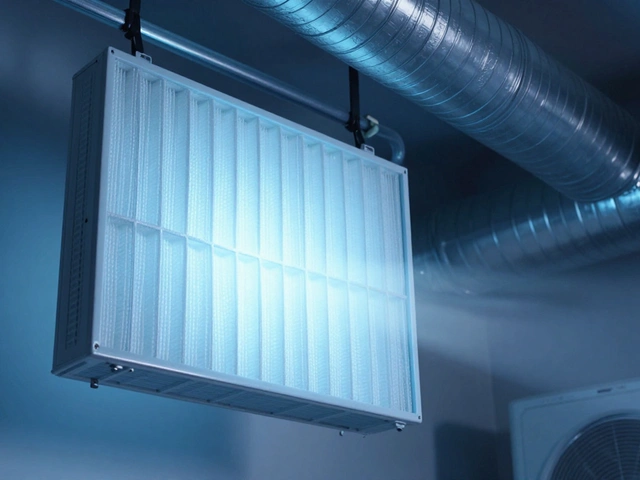
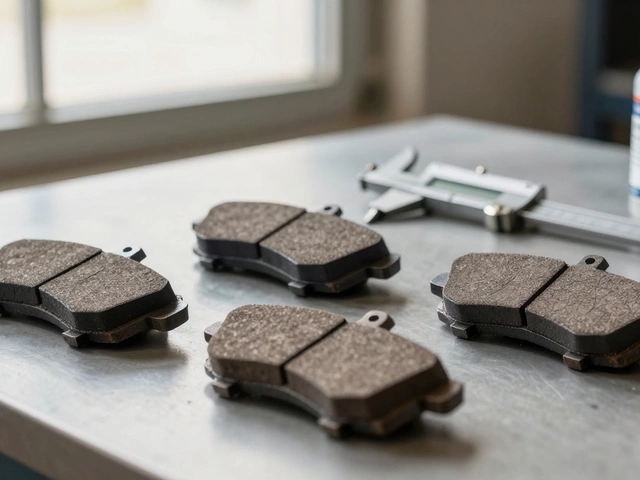
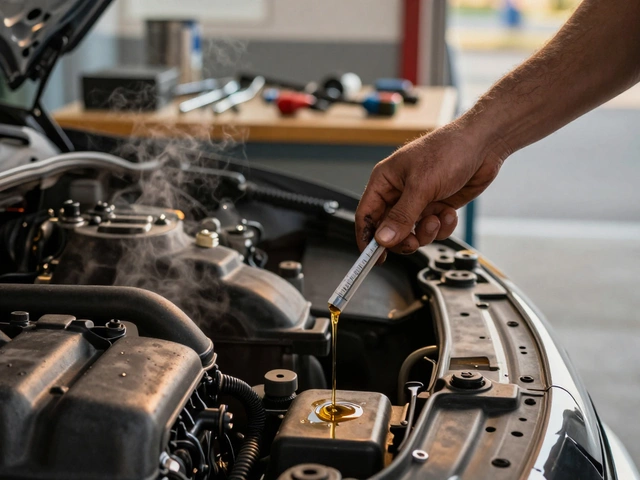

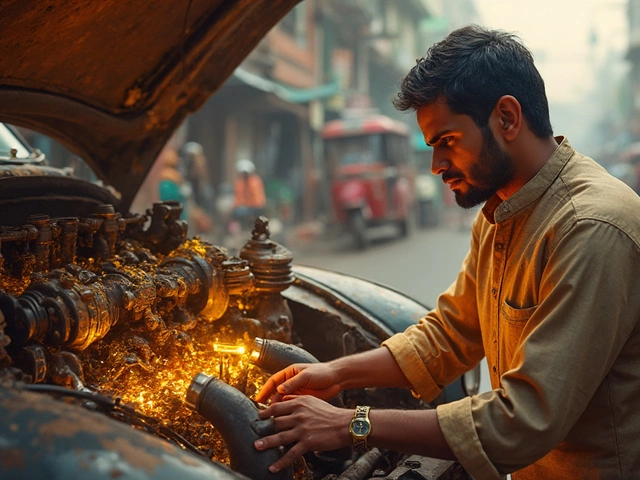
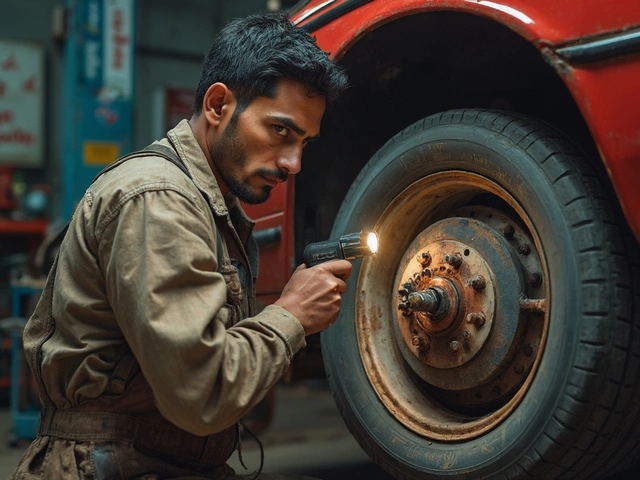

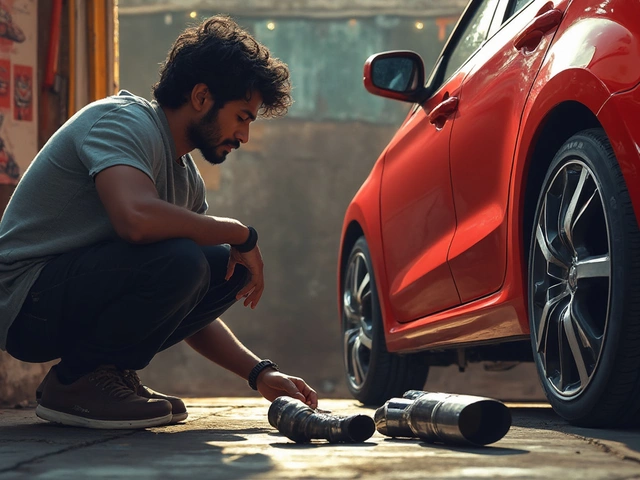
Write a comment